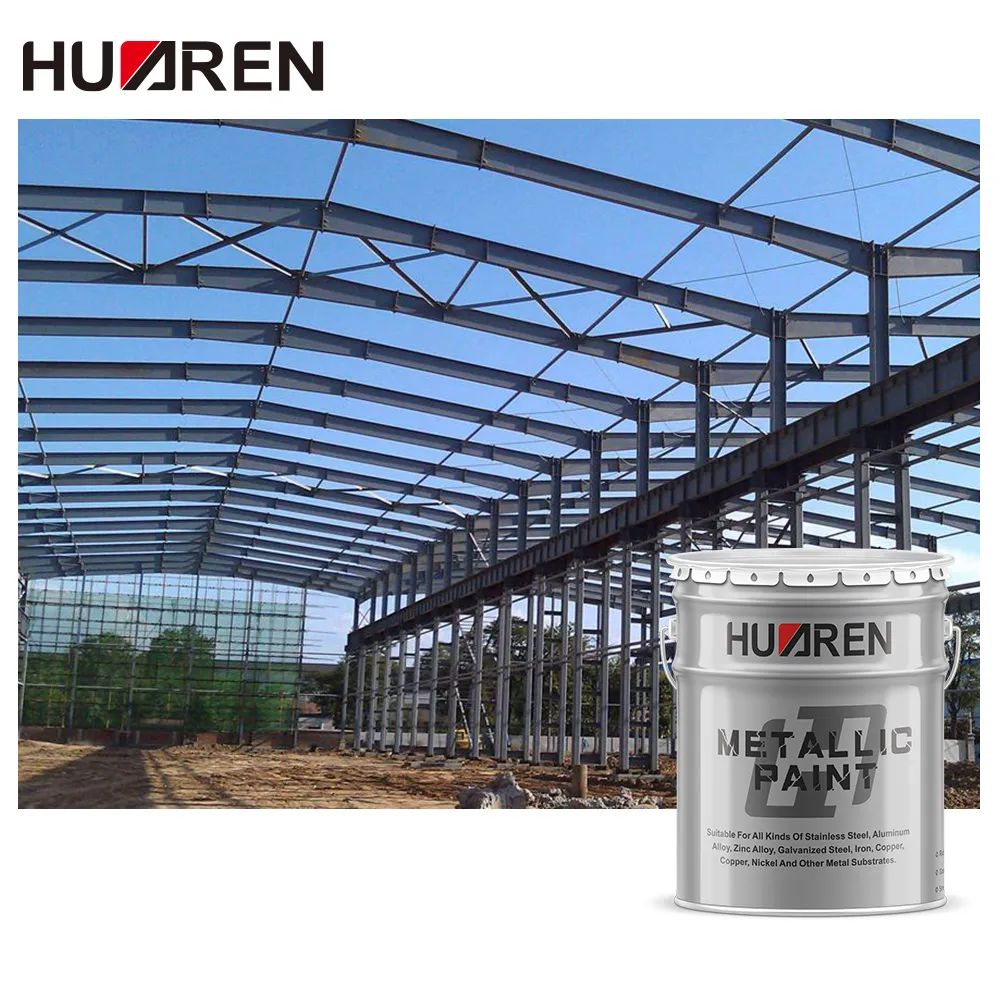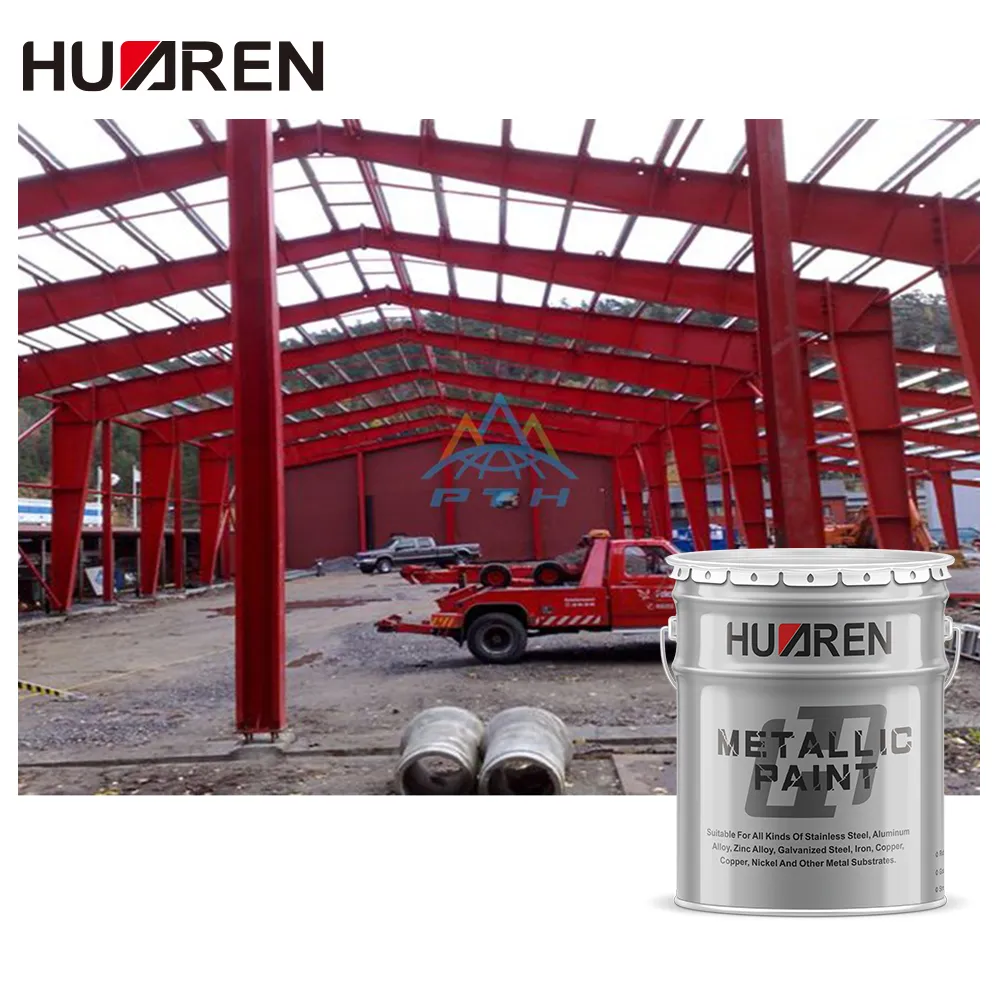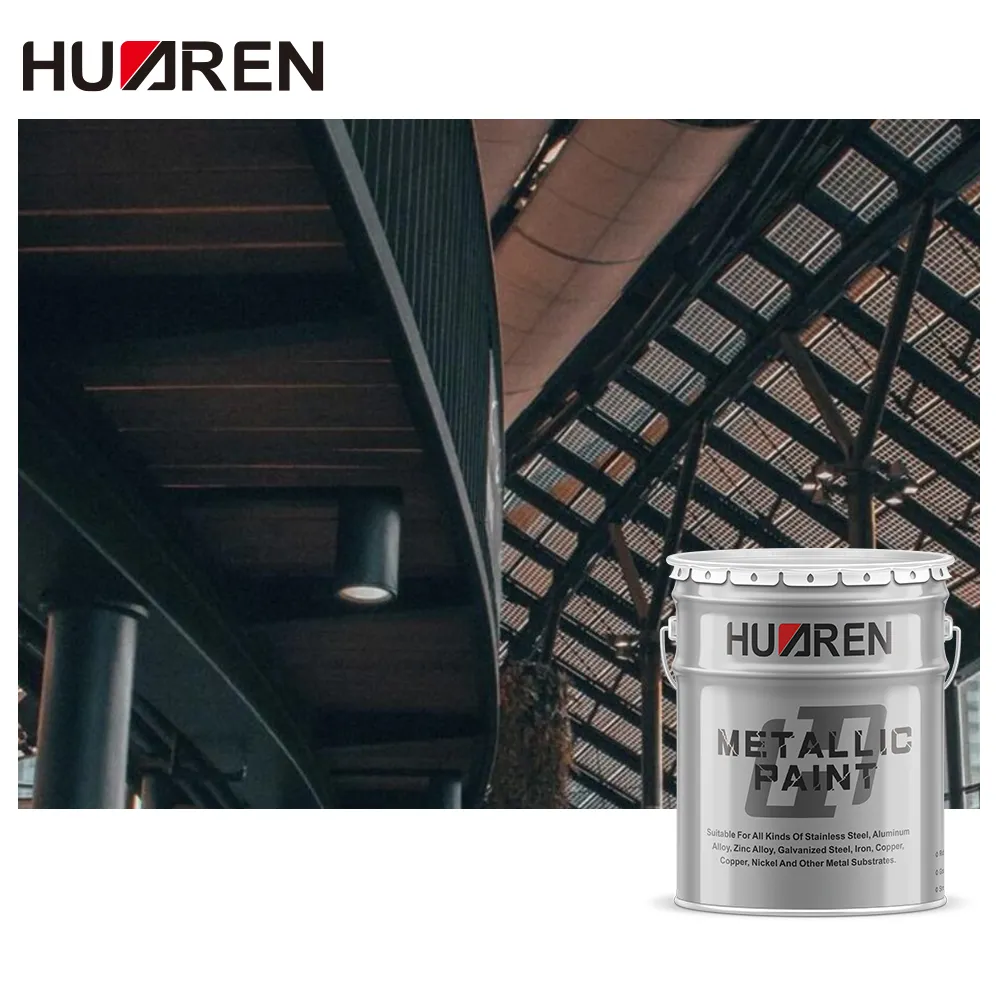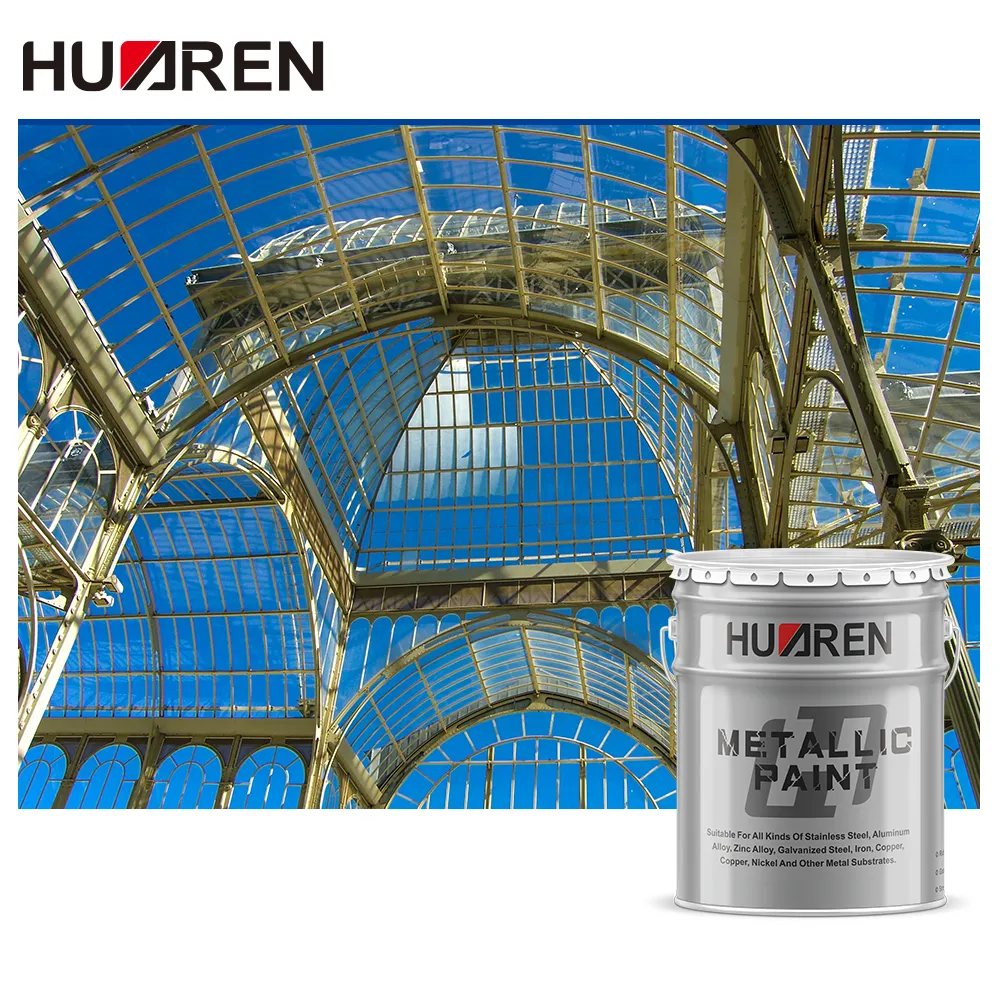In modern industrial and maritime fields, aluminum is widely used in construction, automobiles, ships, aviation and other fields due to its advantages such as light weight, high strength and corrosion resistance. However, although aluminum has strong natural corrosion resistance, especially when exposed to oxygen in the air, a dense oxide film will quickly form on the surface of aluminum to prevent further corrosion. However, in some harsh environments, such as marine or industrially polluted areas, this natural oxide protective layer may not be enough to prevent further corrosion of aluminum. For this reason, it is crucial to correctly select the right paint coating to provide additional protection and extend the service life of aluminum equipment or structures.
This article will take a deep look at how to choose the best paint coating for aluminum in corrosive environments and why different paint types have different effects in different application scenarios.

Corrosion Problems of Aluminum
Although aluminum itself has a certain degree of corrosion resistance, the corrosion problem of aluminum in some extreme environments cannot be ignored. Corrosion is divided into several main types, including uniform corrosion, pitting corrosion, crevice corrosion and electrochemical corrosion. In particular, electrochemical corrosion may occur when aluminum is in contact with other metals, in which case aluminum is quickly corroded as an anode. This is especially common in marine environments or humid industrial areas, which are filled with salt and other corrosive chemicals.
Corrosion of aluminum not only affects its appearance, but long-term corrosion can also weaken the mechanical properties of aluminum, which in turn affects the safety and stability of the structure. Therefore, it is particularly important to choose a paint that can provide long-term protection and resist corrosion.
What are the paint selection criteria for corroded aluminum?
When protecting aluminum products or structures from corrosion, the choice of paint depends on several key factors: the corrosive environment, the use scenario of the aluminum, the adhesion and durability of the paint. Here are the main factors to consider when choosing paint for corroded aluminum:
1. Corrosion resistance: The main function of the paint is to provide a physical barrier for the aluminum, preventing moisture, oxygen and corrosive substances (such as salt, acid and alkali substances, etc.) from directly contacting the aluminum surface. Therefore, corrosion resistance is the most critical factor when choosing a paint.
2. Adhesion: The paint needs to be able to adhere firmly to the surface of the aluminum. Since the surface of aluminum is relatively smooth, if the paint adhesion is insufficient, the coating may peel off and lose its protective effect. To improve the adhesion of the paint, proper surface preparation such as sanding, cleaning and applying primer is usually required before painting.
3. Weather resistance: If the aluminum is exposed to outdoor environments, the paint also needs to have good weather resistance and be able to resist climatic factors such as UV radiation, temperature changes, rain and snow.
4. Ease of construction: Some paints have more complicated painting steps and require multiple coats, while some paints can complete anti-corrosion protection in one go. The convenience and efficiency of construction are also a factor to consider when choosing paint.

What are the most common types of aluminum anti-corrosion paints?
In order to effectively protect aluminum from corrosion, a variety of types of paints are available on the market, each with specific advantages and application scenarios. The following are several common and widely used types of paints for anti-corrosion protection of aluminum products:
Epoxy Primer
Epoxy primer is an important part of the anti-corrosion coating system for aluminum products, especially suitable for use in severely corrosive environments. It has excellent adhesion and chemical resistance, and can form a hard protective film on the surface of aluminum to block the intrusion of moisture, oxygen and other corrosive substances.
● Advantages: Epoxy primer has excellent anti-corrosion performance and high adhesion, especially suitable for aluminum boats in marine environments or other aluminum structures exposed to humid air. It can provide long-term corrosion protection.
● Disadvantages: Epoxy primer usually needs to be used in conjunction with topcoat, and the construction process may be complicated.
When using epoxy primer, the aluminum surface usually needs to be treated first to ensure that the primer can fully adhere. The surface treatment steps include grinding the aluminum surface and removing the oxide layer and dirt.
Polyurethane Topcoat
Polyurethane topcoat is often used in conjunction with epoxy primer and is a high-performance anti-corrosion topcoat. It has strong wear resistance, UV resistance and chemical corrosion resistance, and can provide long-term outer protection for aluminum.
● Advantages: Polyurethane topcoat not only has excellent anti-corrosion properties, but also provides excellent weather resistance, especially for aluminum products exposed outdoors, such as ships, building exteriors, vehicles, etc.
● Disadvantages: Polyurethane topcoat usually needs to be used in conjunction with primer to ensure sufficient anti-corrosion effect.
This coating system is particularly suitable for applications where aesthetics are required, such as automotive and yacht painting. It not only prevents corrosion, but also provides good gloss and color retention for aluminum.
Acrylic Paint
Acrylic paint is a water-based paint that is environmentally friendly and easy to apply. Although its anti-corrosion performance may not be as strong as epoxy paint and polyurethane paint, it has excellent weather resistance and can prevent surface oxidation of aluminum.
● Advantages: Acrylic paint is easy to apply and dries quickly, making it suitable for environments with mild corrosion. It has good environmental performance and is suitable for use in occasions with high environmental requirements.
● Disadvantages: Relatively weak anti-corrosion ability, not suitable for use in marine or industrial environments.
Acrylic paint is mainly suitable for aluminum structures that do not need to withstand extreme environments, such as household aluminum products, decorative aluminum parts, etc.
Zinc-Rich Primer
Zinc-Rich Primer is a primer containing a large amount of zinc powder, which mainly protects aluminum from corrosion by sacrificing zinc. Zinc, as an anode material, can be corroded first in an electrochemical reaction, protecting aluminum from damage.
● Advantages: Zinc-rich primers have a strong electrochemical protective effect and are particularly suitable for use in marine environments or high-humidity industrial environments, which can effectively extend the service life of aluminum.
● Disadvantages: Zinc-rich primers usually need to be used in combination with other anti-corrosion coatings (such as epoxy topcoats) to provide comprehensive protection.
This primer is often used for aluminum products exposed to extreme corrosive environments, especially in ships, offshore platforms and industrial equipment.

What is the importance of aluminum surface treatment?
No matter which paint is chosen, aluminum surface treatment plays a pivotal role in the paint system. Because the aluminum surface is smooth and easy to form an oxide film, if the paint is directly applied, it may cause poor adhesion of the coating, which in turn affects the anti-corrosion effect.
In order to ensure that the paint can adhere firmly to the aluminum surface, the following surface treatments are usually required:
1. Mechanical grinding: The aluminum surface is polished by sandpaper or sandblasting equipment to remove the oxide layer and contaminants, while increasing the surface roughness, thereby enhancing the adhesion of the paint.
2. Chemical cleaning: Use appropriate chemical cleaning agents to remove grease, dirt and oxides on the surface to ensure that the surface is clean and free of residue.
3. Acid etching: Acid etching helps to further remove the oxide film on the aluminum surface and form a tiny concave and convex structure on the aluminum surface to increase the adhesion of the coating.

What are the precautions for the coating process?
In addition to choosing the right paint and surface treatment, the coating process also directly affects the final anti-corrosion effect. During the construction process, special attention should be paid to the following points:
● Environmental conditions: Avoid painting in an environment with excessively high humidity or low temperature, as these factors may affect the curing and adhesion of the paint.
● Coating thickness: Different types of paint have different requirements for coating thickness. Generally, the coating should be operated according to the recommendations of the paint manufacturer to ensure that the coating is uniform and reaches the required thickness.
● Multi-layer coating: For environments with high anti-corrosion requirements, multi-layer coating is usually required, such as primer, topcoat, etc. Each layer needs to be completely dry before applying the next layer.
Huaren Chemical Industry Co., Ltd., a modernized company established in 1994, is a leading supplier and manufacturer of industrial paints and resins in China. Our comprehensive product lineup includes waterborne coatings, alkyd resins, chlorinated paints, and epoxy rubber floor coatings, suitable for various industries such as petrochemicals, construction, and shipbuilding. With 30 paint production lines and 6 resin lines, our annual production capacity exceeds 20,000 tons, ensuring we meet the bulk purchasing needs of our customers. We pride ourselves on providing affordable prices, customized manufacturing solutions, and attractive factory promotions. Our products are widely exported to markets across Africa, India, Southeast Asia, and Europe. Contact us today to explore our range of high-quality products and benefit from our reliable services and competitive quotes.

